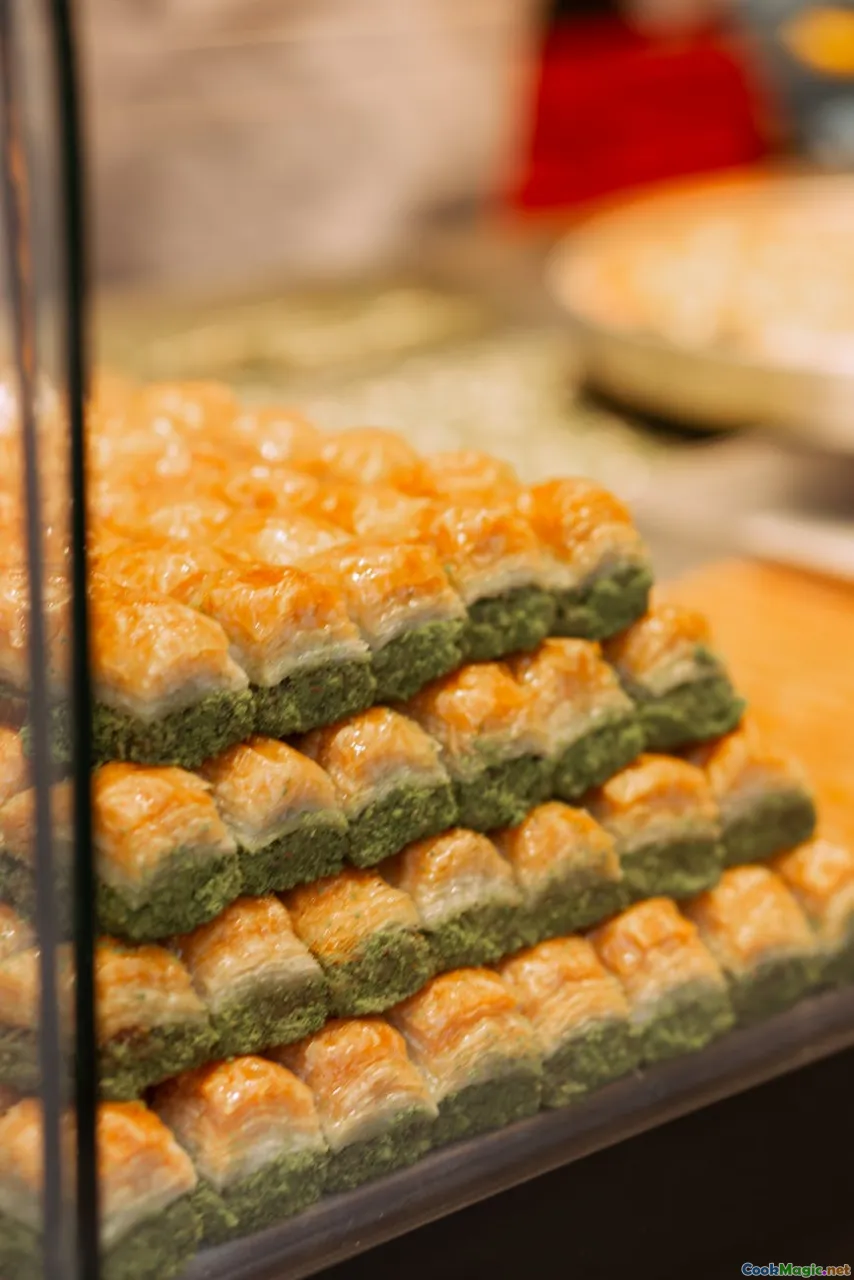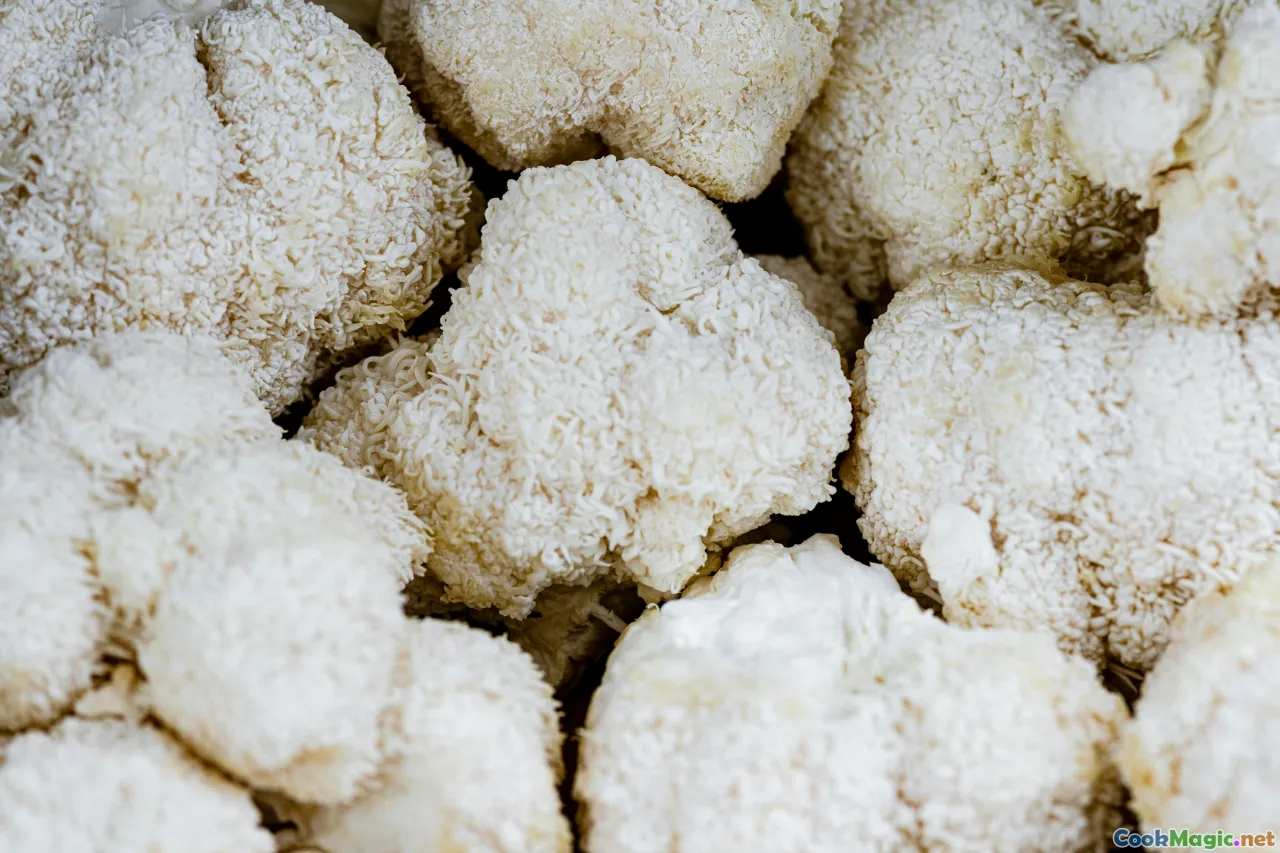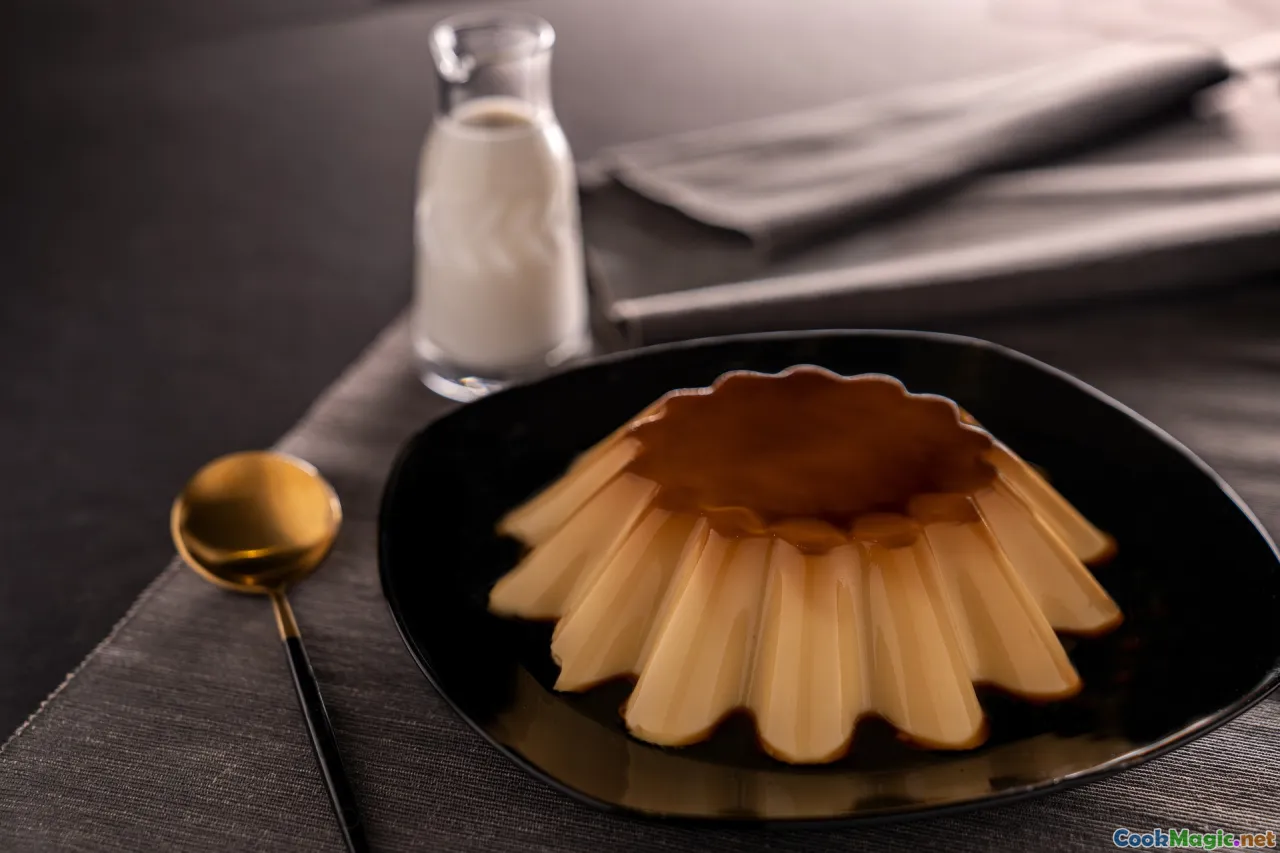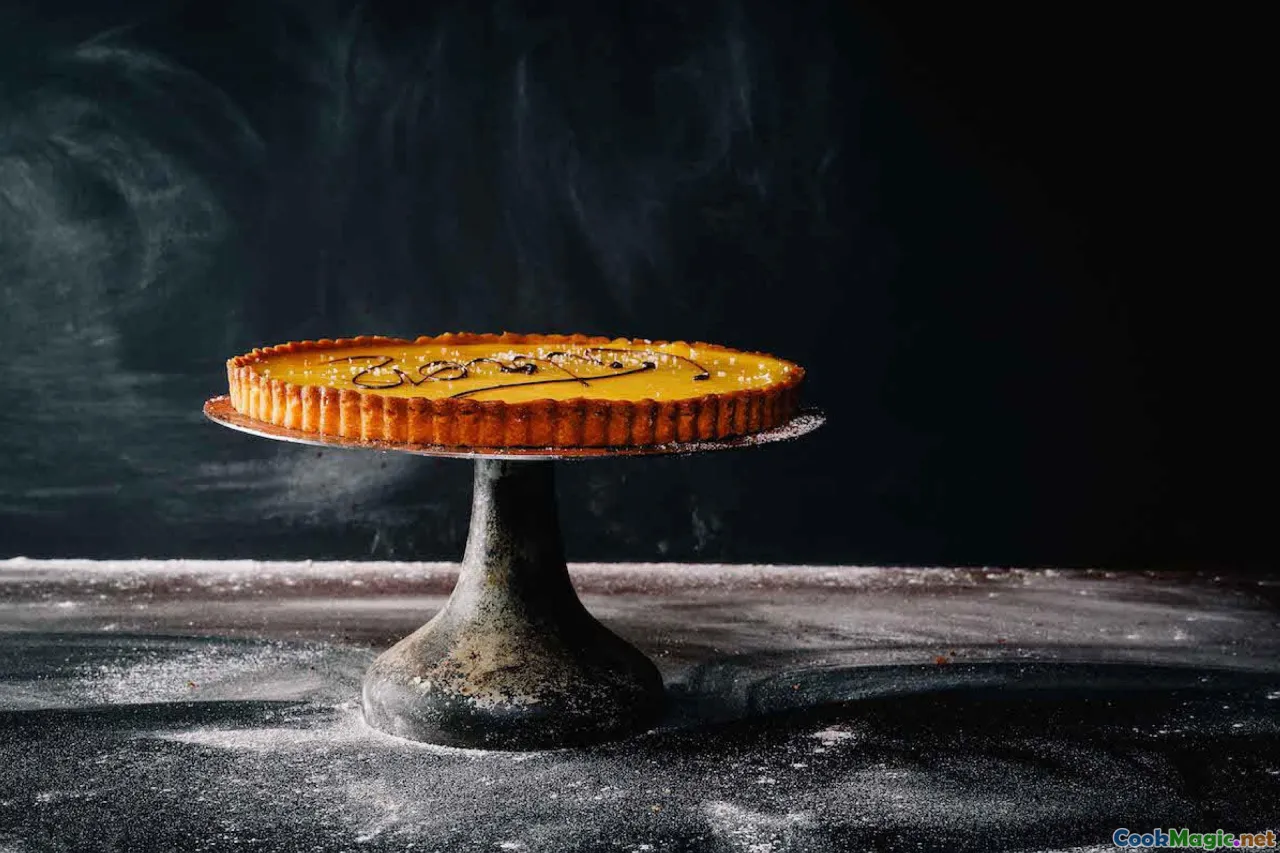Homemade Greek Pastries Worth the Effort
11 min read Discover how homemade Greek pastries like baklava and spanakopita capture authentic flavors, rewarding the effort with a taste of Greece's rich culinary heritage. July 20, 2025 15:05
Homemade Greek Pastries Worth the Effort
In the realm of culinary pursuits, few experiences rival the soulful satisfaction of crafting your own Greek pastries. From the flaky, golden layers that whisper of buttery richness to the fragrant fillings imbued with the heart of centuries-old traditions, making Greek pastries at home is an act of love—sometimes arduous, yet profoundly rewarding. These confections evoke memories of cobblestone streets in Athens, bustling family kitchens in Crete, and festivals where sweet and savory aromas mingle in the warm Mediterranean air. Let me take you on a sensory journey through the art of creating authentic Greek pastries that are undeniably worth the effort.
The Cultural Significance of Greek Pastries

Greek pastries are more than just sweet treats; they are woven into the fabric of Greek history and culture. During Orthodox Christian holidays, festivals, and family gatherings, these pastries serve as symbols of hospitality, prosperity, and spiritual devotion. The zemek (symbolic offerings) handed down from ancestors often include phyllo-based delights like baklava and kataifi that have transcended borders to become international favorites.
Historically, Greek pastries have absorbed influences from Byzantine, Ottoman, and Venetian culinary traditions, resulting in a rich tapestry of flavors and techniques. This heritage manifests in meticulous techniques, such as hand-layered phyllo and honey-glazed finishes, that carry stories from generations past. Crafting these pastries at home connects you not just to ingredients, but to a vibrant cultural narrative that celebrates resilience, community, and the Mediterranean way of life.
Essential Ingredients for Authentic Greek Pastries

Before delving into recipes, understanding the core ingredients is key. High-quality, fresh components elevate homemade pastries from mere dishes to authentic culinary experiences.
- Filo (Phyllo) Dough: The cornerstone of Greek pastries, this paper-thin dough provides the signature flaky texture. While readily available frozen in stores, making it from scratch—hand-rolled with patience—can heighten the sensory delight.
- Nuts: Traditionally, a mix of walnuts, almonds, and pistachios is used. Crushing them finely releases their essential oils and flavors, ensuring a moist, rich filling.
- Honey and Syrups: Greek thyme honey lends a distinctive floral sweetness, especially when brushed over pastries warm from the oven. Homemade syrup infused with cinnamon, cloves, and lemon twists the flavor profile.
- Spices and Flavors: Cinnamon, orange zest, and sometimes cloves or rosewater are added to fillings, creating a symphony of aromatics.
- Olive Oil and Butter: A careful balance of these fats in pastry layers and fillings contributes to the aromatic richness and flaky texture.
Crafting the Classics: Step-by-Step Guides
1. Baklava: The Golden Triumphant

**Ingredients:**thin filo sheets, mixed crushed nuts, butter, honey, cinnamon.Method:
- Prepare the filling: Mix crushed walnuts, pistachios, a dash of cinnamon, and a pinch of salt.
- Layer the pastry: Brush a baking dish with melted butter. Lay down a sheet of filo, brush with butter, repeat layering five to six sheets.
- Add filling: Sprinkle an even layer of nut mixture over the filo.
- Repeat: Continue layering more filo sheets with butter, then add nuts, building several layers.
- Bake: In a preheated oven at 350°F (180°C), bake for approximately 45 minutes until golden and crisp. 6.Finish with honey: Pour warm honey infused with lemon zest and cinnamon over hot baklava. Let it soak for several hours or overnight.Pro tip: Use a sharp serrated knife to cut into diamonds once cooled, revealing the nested layers.
2. Kourabiedes: Almond Shortbread Cookies Each Equipped with a Nutty, Powdered Crown

**Ingredients:**butter, powdered sugar, flour, chopped almonds, vanilla, baking powder.Method:
- Cream the butter: Beat softened butter with ample powdered sugar until fluffy.
- Add flavorings: Mix in vanilla extract and chopped almonds.
- Incorporate dry ingredients: Gradually blend in flour and baking powder to form a soft, sweet dough.
- Shape: Roll into small, chunky balls or crescent shapes.
- Bake: At 350°F (180°C) for about 15-20 minutes until just golden. 6.Dust: Roll hot cookies in additional powdered sugar or dust generously once cooled.Personal insight: These cookies are best enjoyed with a cup of Greek frappé or a glass of sweet wine, encapsulating warmth and tradition.
3. Galaktoboureko: Custardy Delight with Crunchy Layers

This layered, custard-filled pastry is a sensory symphony of creamy filling encased in crispy phyllo, glazed with syrup.
**Ingredients:**semolina, milk, eggs, phyllo dough, butter, syrup infused with lemon and cloves.Method:
- Cook the custard: Boil milk, whisk in semolina until thickened. Stir in eggs, vanilla, and butter.
- Assemble: Layer buttered phyllo in a baking dish. Pour custard evenly over.
- Add top layers: Cover with more buttered phyllo sheets.
- Bake: In a moderate oven until golden.
- Glaze: Pour warm citrus-infused syrup over freshly baked galaktoboureko.
Allow resting before slicing—each piece delivers a creamy, crunchy, sweet harmony.
Tips for Mastering Greek Pastry Perfection

- Patience in layering: Whether making phyllo or assembling baklava, precision counts. Take your time to layer delicately to preserve flakiness.
- Fresh ingredients: Quality nuts, pure honey, and good butter make a significant difference.
- Proper handling of phyllo: Keep it covered with a damp towel. Dry phyllo tears easily.
- Infusing flavors: Add a touch of orange blossom water or rosewater to syrups or fillings for authentic aroma.
- Rest your pastries: Let baklava and galaktoboureko sit for several hours, allowing flavors to meld.
Inspiring Personal Stories and Discoveries

Many home cooks find that the true magic in making Greek pastries lies in the shared moments. I recall a sunlit afternoon in a small village in Crete, where an elderly baker handed me a spoonful of her homemade honey, whispering, "Let the flavors tell their story." As I layered filo with trembling hands, the aroma of roasted nuts and baking butter filled the kitchen, awakening memories of my childhood. Such moments reinforce that homemade Greek pastries are more than dishes—they are vessels of history, love, and tradition.
Every batch I prepare brings me closer to the Greek table, where friends gather around, indulging in these golden treasures. The effort, though sometimes painstaking, unfolds into a joyful act of cultural preservation. The acclaim and appreciation I’ve received over the years remind me that making authentic Greek pastries by hand cultivates not just delicious treats but a deeper connection to an enduring heritage.
Final Thoughts: The Joy of Homemade Greek Pastries
Homemade Greek pastries embody a confluence of history, artistry, and familial love. Yes, they demand patience and careful technique, but every rolling pin stroke and syrup pour contributes to a timeless tradition. These pastries—whether flaky baklava, tender kourabiedes, or custardy galaktoboureko—are treasures worth the effort, promising sensory explosions that transport you straight to the heart of Greece.
Engaging in this craft enriches your culinary repertoire and deepens your cultural appreciation. Precision, patience, and passion are your best allies. Embrace the journey, savor each folding, each glaze, each memory rekindled. In doing so, you partake in an ancient celebration—a delicious testament to Greek resilience, hospitality, and zest for life.
Opa! Enjoy your culinary voyage into authentic Greek pastry arts, and may the scents and flavors forever inspire your table.









